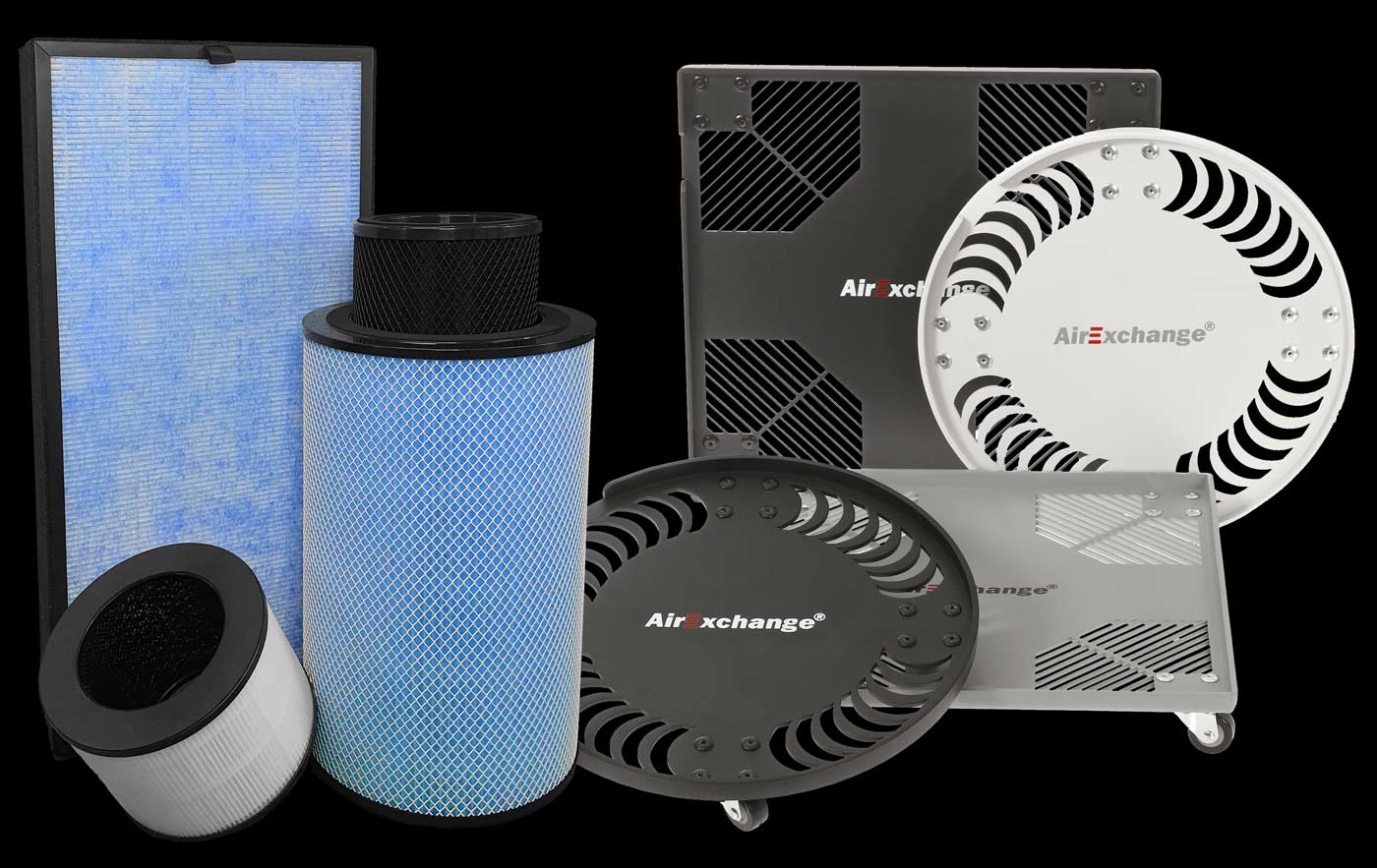What is the ideal humidity-level?
Humidity is a value to indicate how much moisture is present in the room as a percentage, relative to the maximum amount of moisture that the air could contain.
Humidity is related to temperature, because warmer air can hold more water vapor. The optimal percentage of humidity for a living or working environment is between 40% and 70%.
The benefits of humidity
The right humidity level helps against dry skin, lips and eyes.
In combination with the right temperature, the right level of humidity can slow down the skin's aging process. It also has a strong influence on the spread of viruses, bacteria and other harmful particles in the air.
Research shows that a humidity of >65% is recommended to significantly reduce the chance of viruses (including COVID-19) and bacteria spreading.




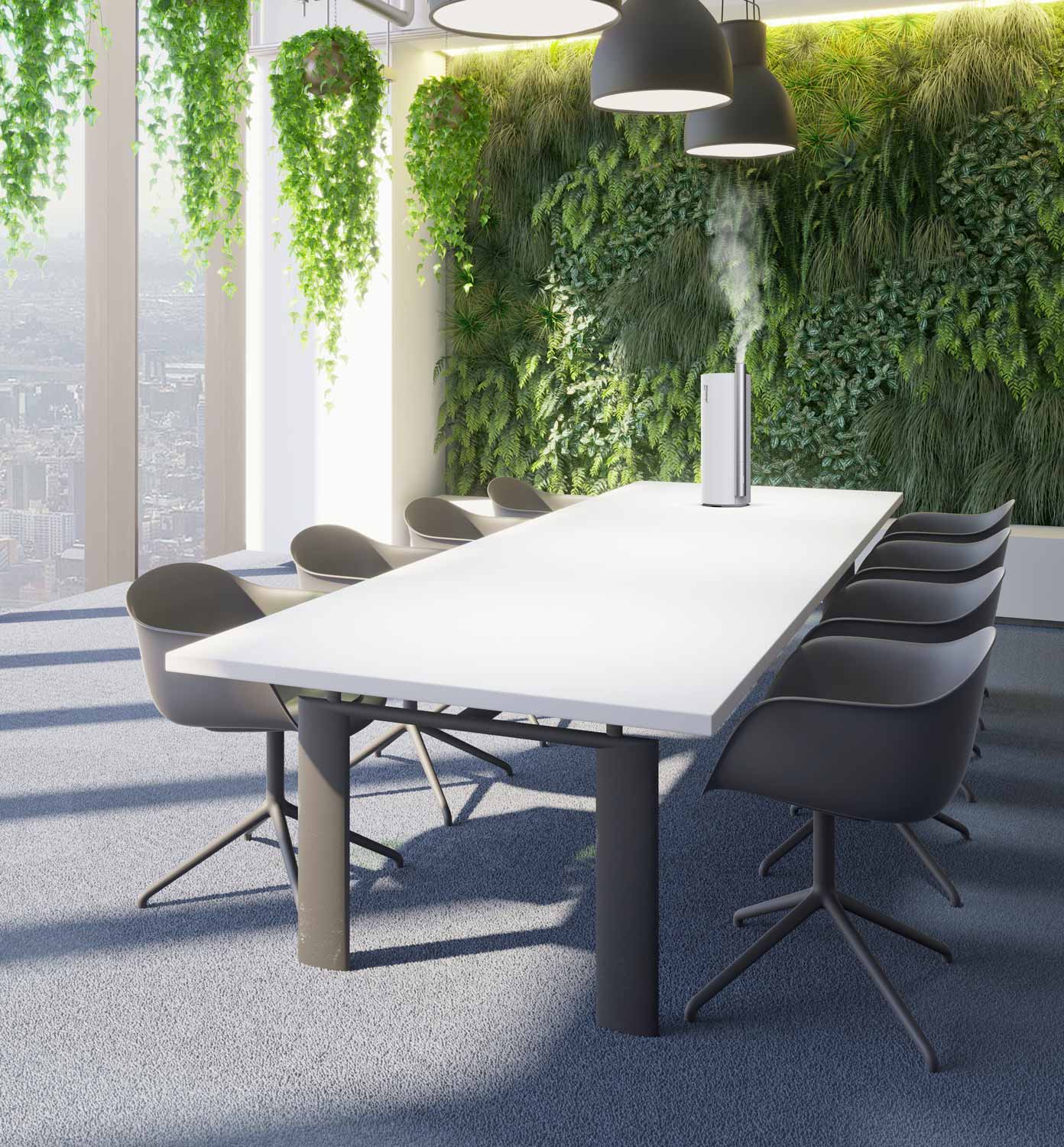
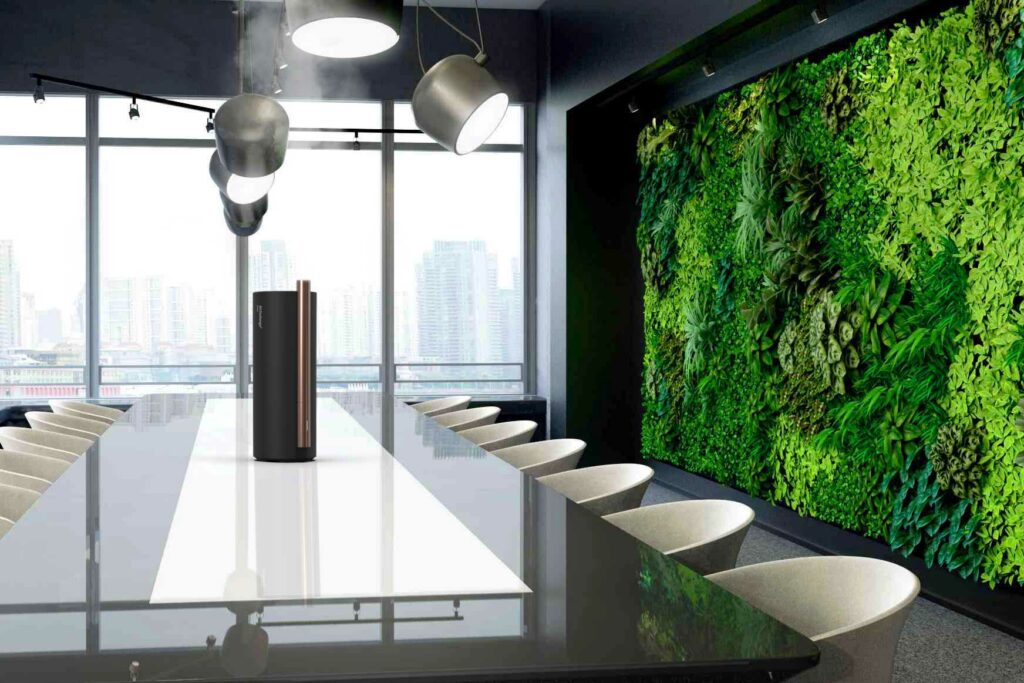
Dry winter months
In the colder months of the year, indoor humidity is often much lower than 40%, because the air is heated by central heating or stoves.
Due to the increase in temperature the relative humidity decreases, resulting in a dry, often unpleasant indoor air climate.
Reduce dust particles
Dust is a collective name for all kinds of tiny particles. For example: skin flakes, pieces of textile, hair and house dust mites.
These particles can start moving with a little wind and float around the room for hours. Dust can lead to irritated airways, allergic reactions and damage to (electronic) equipment.
Air purification is an effective way to reduce the number of dust particles in the room, but the humidity level also has an influence on the amount of dust.
With a higher humidity, the dust particles bind to the water droplets, causing them to fall to the ground more quickly.
Therefore, a good humidity helps to prevent dusty rooms!
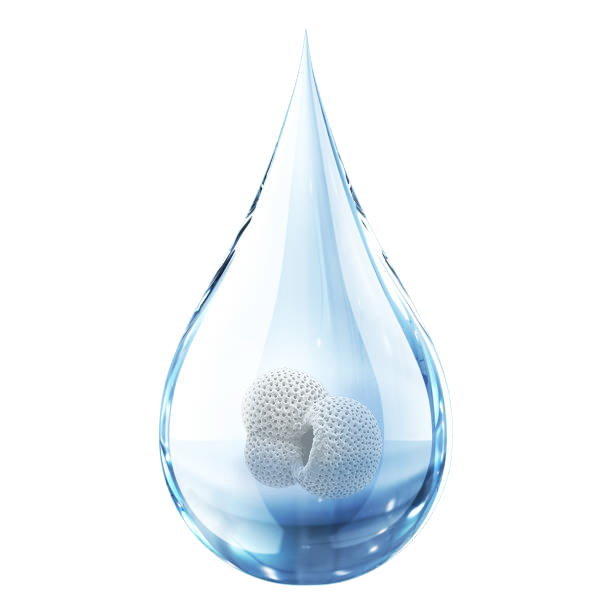
How do I increase the humidity in my room?
There are air humidification systems to measure and maintain the humidity. These devices are equipped with a water tank and convert the water into a fine water vapor which is then distributed throughout the room. By adding this water vapor, the humidity in the room rises.
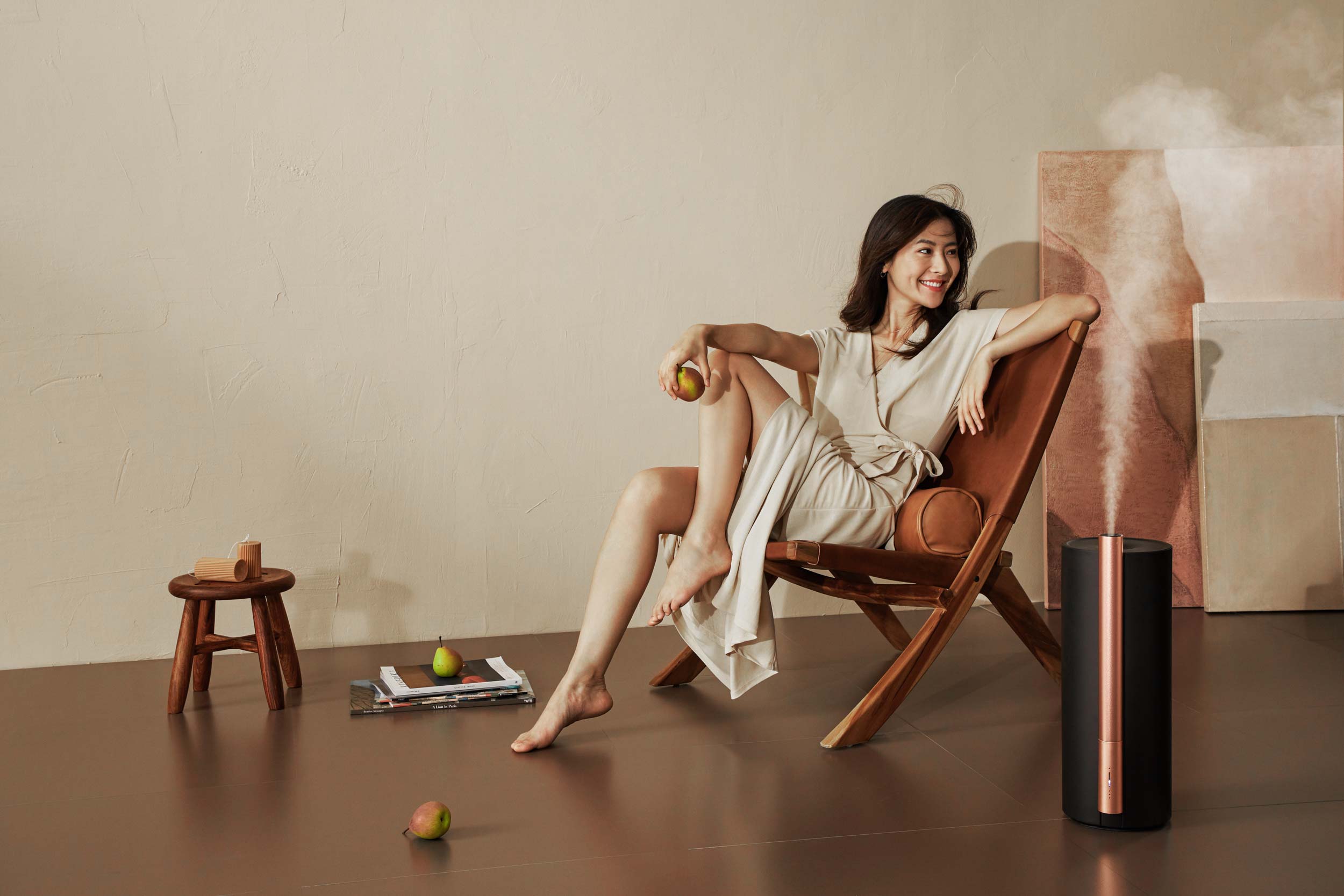
How do I choose the right humidifier?
The most important aspect of a humidifier is its humidification capacity.
This capacity is expressed in the number of ml/hour or by the floor area it can cover (m²).
The capacity of the water tank then determines how long the system can humidify. The more content the water tank has, the longer it can mist the room without having to refill it.
Many humidifiers continue to humidify the air even when the humidity is too high. Our AirExchange® humidification systems use smart measurement sensors, where the system automatically goes into standby mode when the ideal humidity level is reached.
Unique features of our humidifiers
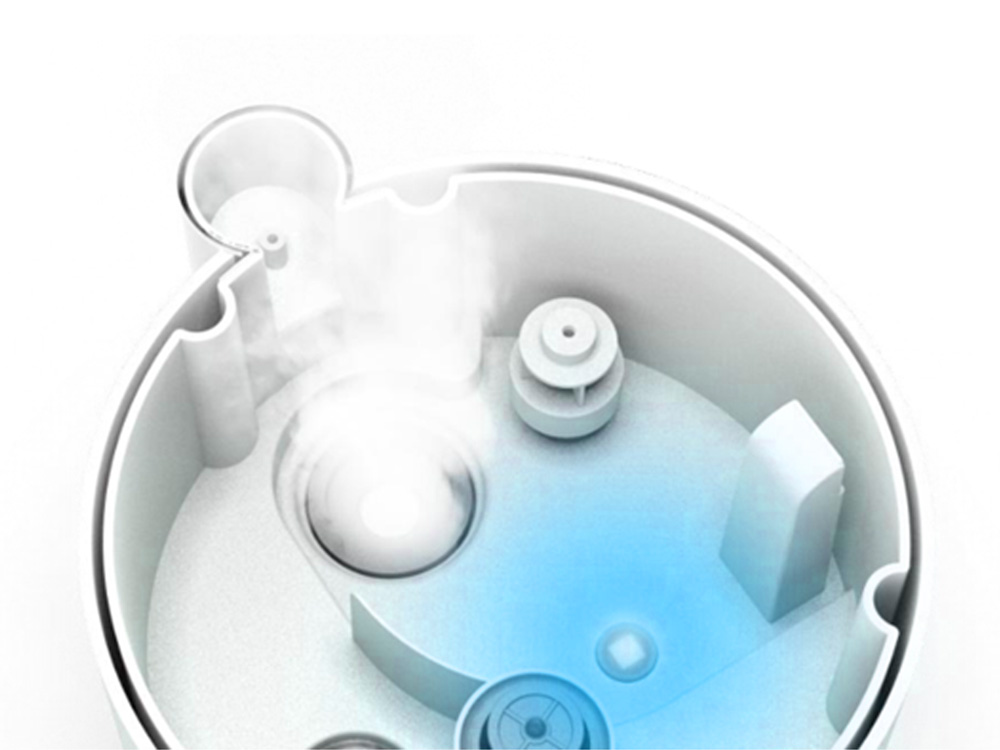
Powerful UV-C
cleaning
The AirExchange® Breeze humidifiers are equipped with a powerful UV-C light source that eliminates micro-organisms in the water, such as virus particles and bacteria. This way the water needs to be replaced less often.
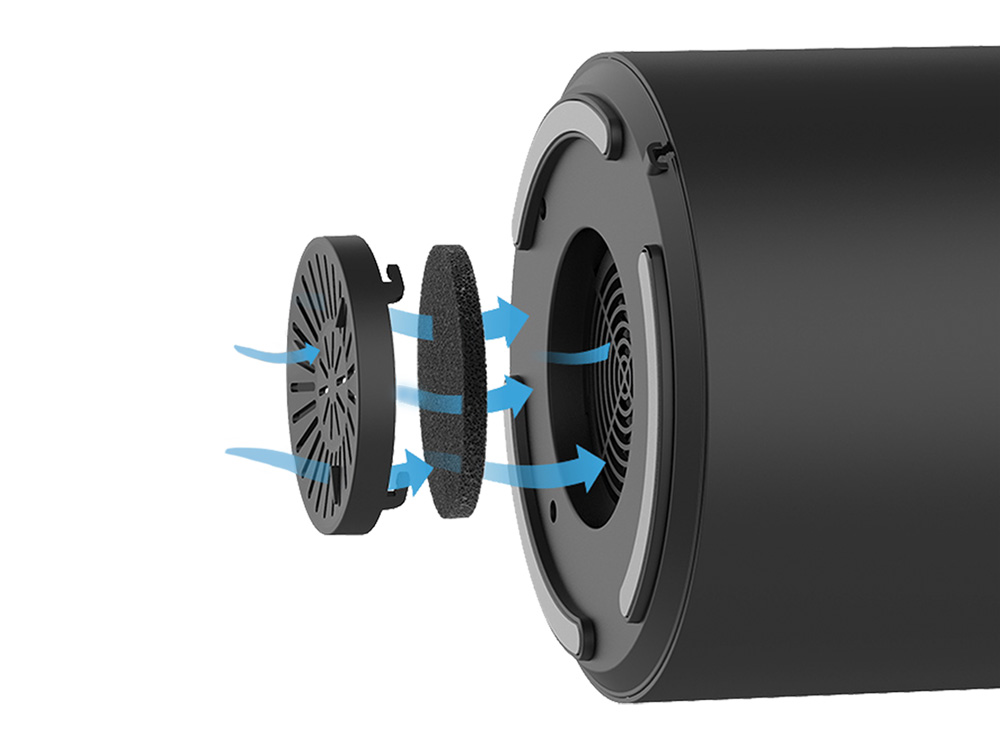
Built-in air filtration
Thanks to the built-in air filter, contaminants are removed from the intake air. The purified water, together with the filtered air, ensures an extremely clean nebulization, so you can breathe safely!
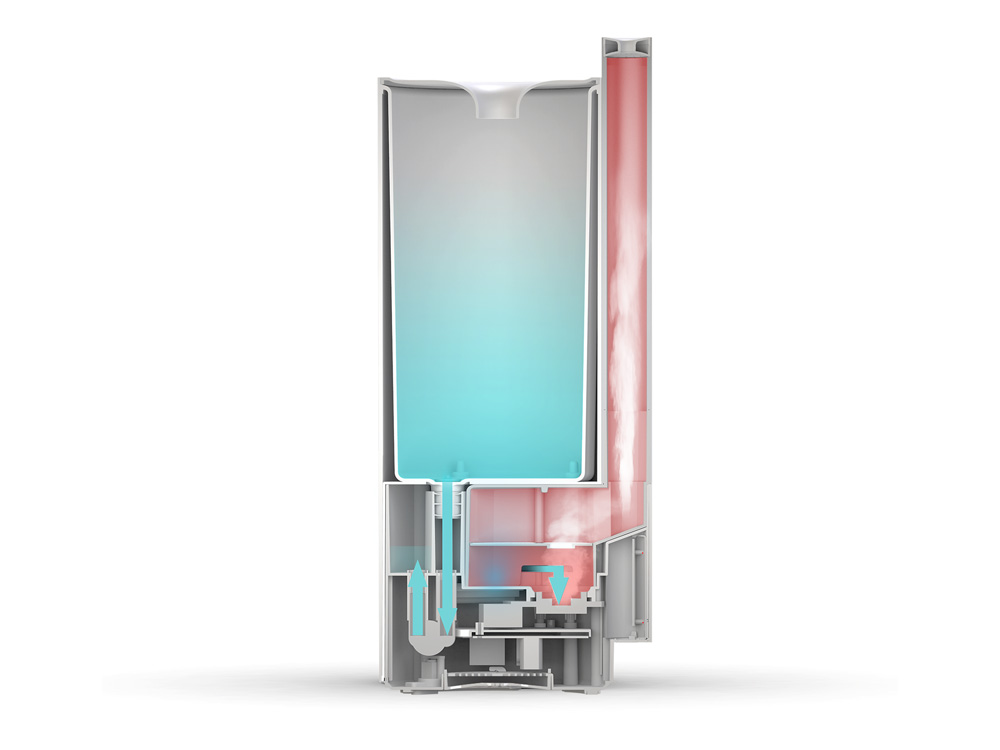
Heated Mist
from 39°C
The AirExchange® Breeze is equipped with an internal heating element, which can optionally heat up the mist to a pleasant temperature of 39°C. This heated mist directly contributes to a pleasant indoor climate.
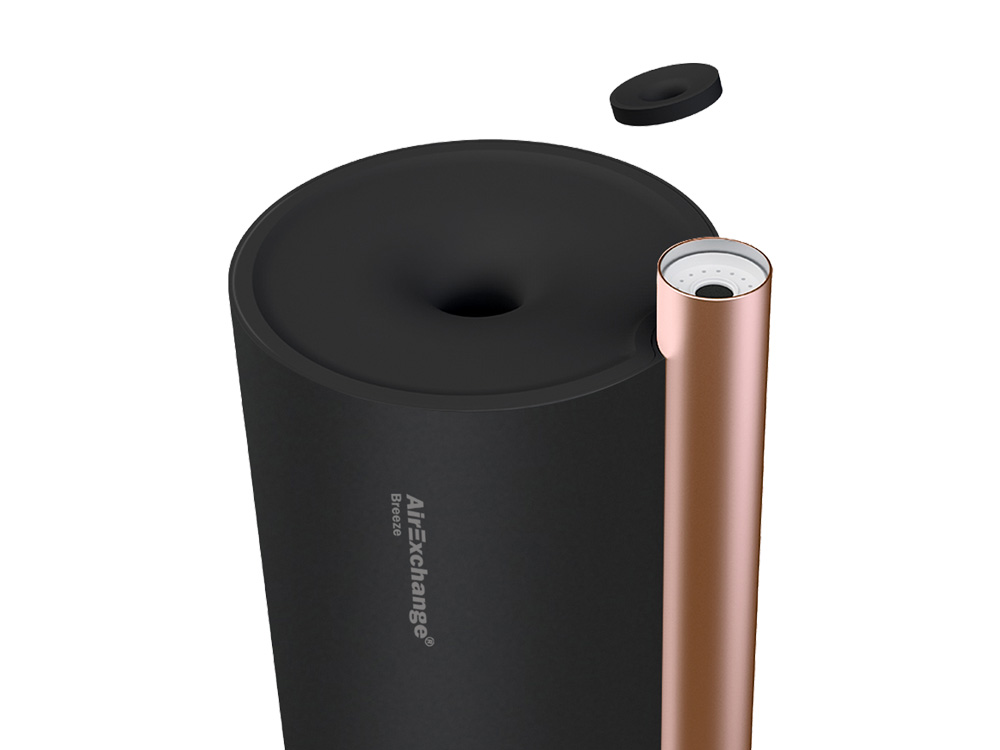
Super quiet and
intelligent
By combining whisper-quiet operation with a SMART mode that ensures that the room humidity remains at a level of 65%, you can enjoy a healthy and pleasant humidity level.

